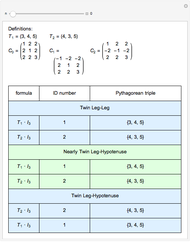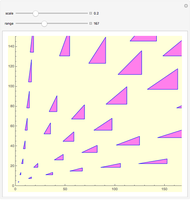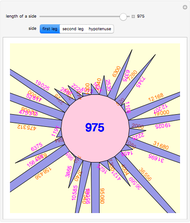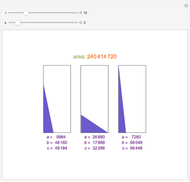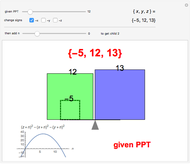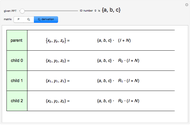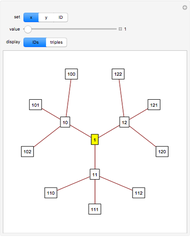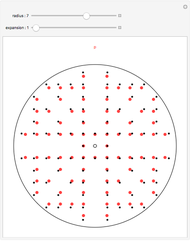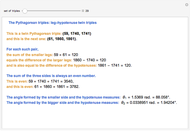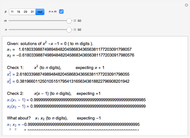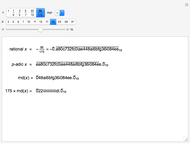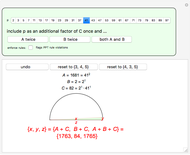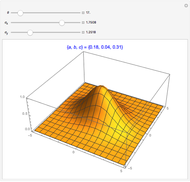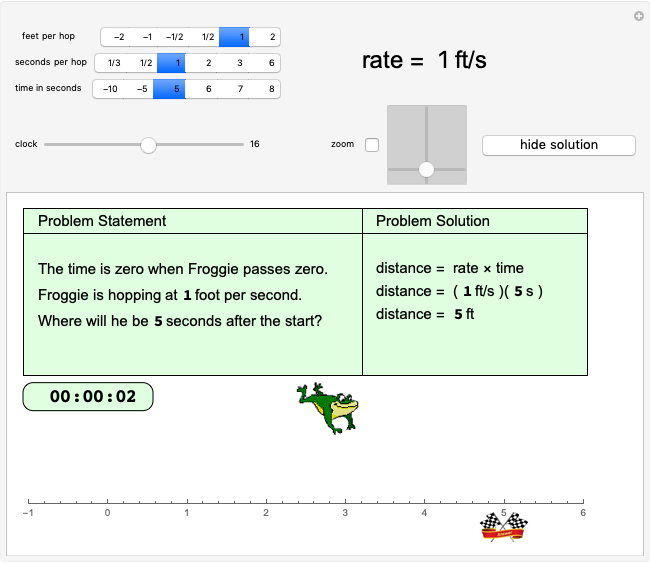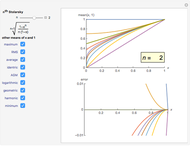Pythagorean Primitive Triples Using Primes

Requires a Wolfram Notebook System
Interact on desktop, mobile and cloud with the free Wolfram Player or other Wolfram Language products.
Primitive Pythagorean triangles (PPTs) are right triangles that have integer sides with no common divisor. They were used by the Babylonians for use in excavation and surveying. Methods for finding the triples that represent PPTs were valued. A novel method is shown here.
[more]
Contributed by: Robert L. Brown (March 2011)
Open content licensed under CC BY-NC-SA
Snapshots
Details
The early Greeks used Euclid's formula to calculate PPTs from two relatively prime integers  and
and  , where
, where  :
:  .
.
The parametrization offered here is similar and amounts to a change of variables. Let  and
and  be relatively prime and
be relatively prime and  . Then
. Then  is a PPT.
is a PPT.
Not only is this parametrization very pretty, it can be generalized and has been used in the examination of Fermat's last theorem.
In order to generate only PPTs,  and
and  must be relatively prime.
must be relatively prime.
1) Never press the "both A and B" button.
2) Never include a prime as an additional factor in  or
or  if that prime is already a factor of the other integer.
if that prime is already a factor of the other integer.
Select the checkbox "enforce rules:" to be warned that the relatively prime rule is violated.
The prime factors of the resulting PPT sides can be examined by mousing over the number of interest.
Permanent Citation







